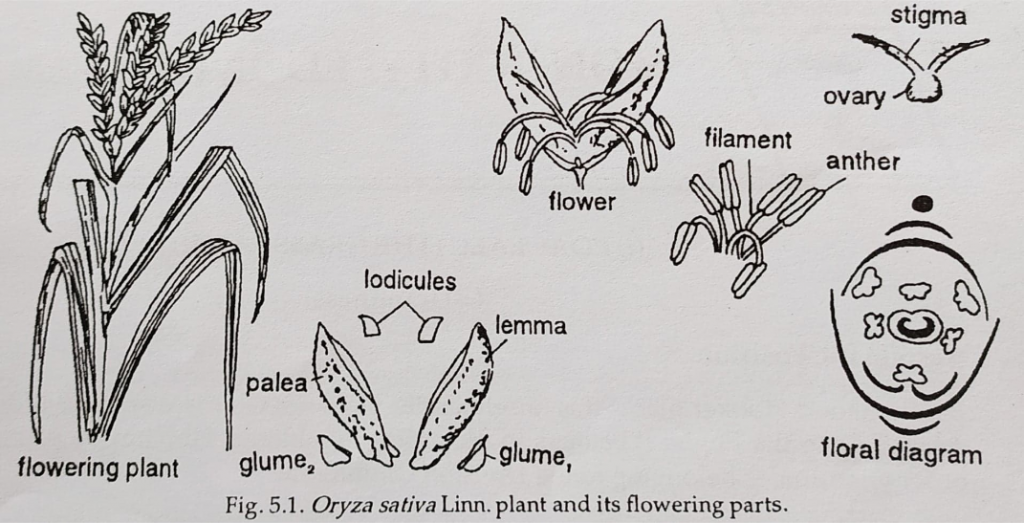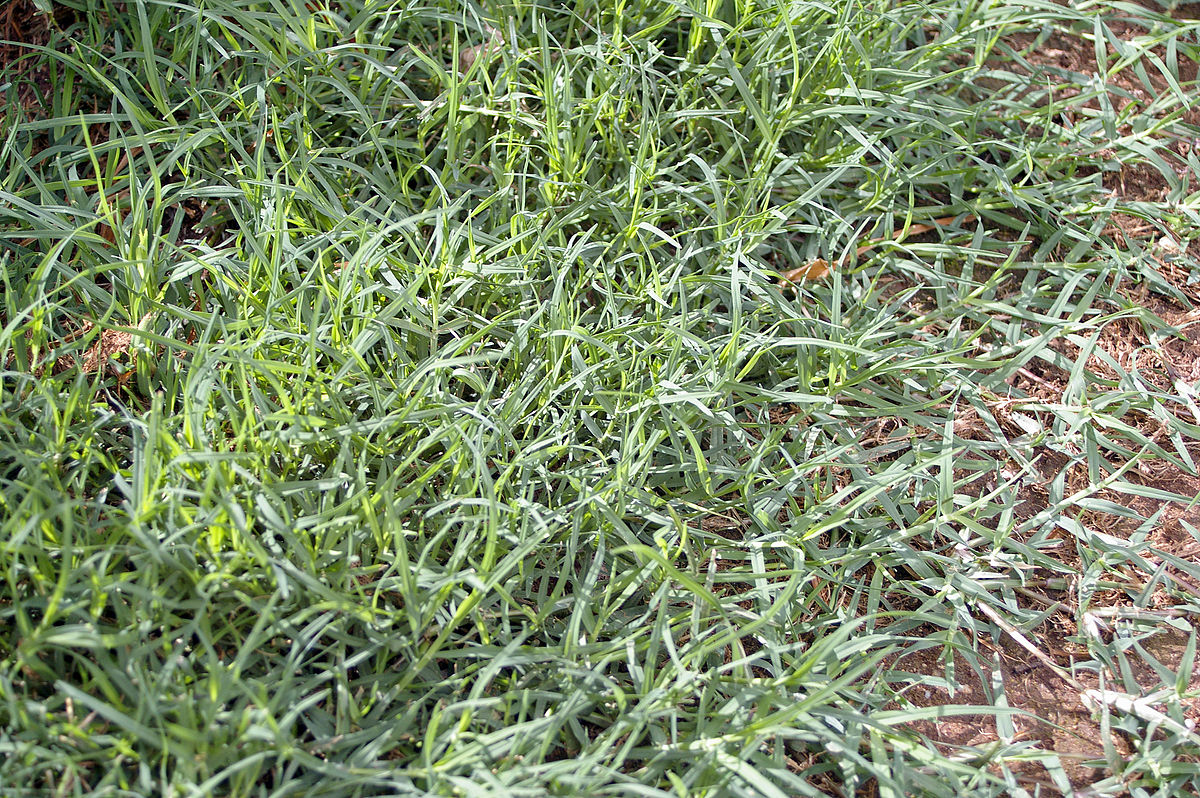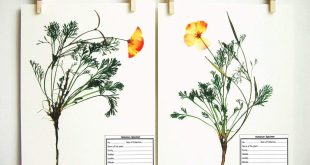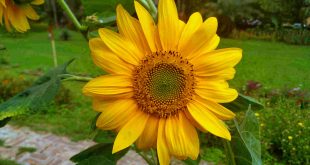Systematic position
Bentham and Hooker places this family under the series Glumaceae of the Monocotyledons. According to the Engler it belongs to the order Glumiflorae. Hutchinson places it under the order Graminales belonging to the division Glumiflorae.
Distribution
The members of this family is cosmopolitan and grow on almost all types of habitat. There are varying number of genus between 340 and 525. The number of species is about 4,000.
Best safe and secure cloud storage with password protection
Get Envato Elements, Prime Video, Hotstar and Netflix For Free
Best Money Earning Website 100$ Day
#1 Top ranking article submission website
General charecters

Habit
Annual or perrenial herbs, erect or prostate usually cylindrical jointed solid at nodes and hollow at the internodes.
Leaves
Simple, alternate with distichous phyllotaxy, leaves usually linear to lanceolate with parallel venation, leafbase sheathing, a hyaline membraneous or hairy ligule present at the junction of the table.
Inflorescence
Spike or spikelet.
Flower
Incompleate, bisexual hypogynous, each flower arises in the axils of a flowering glumes oe lemma, which encloses it at the base and 2 nerved glume, called palea, placed above the flowering glume.
Perianth
Represented by greatly reduced scales called lodicules, placed within the palea.
Androecium
Stamens usually 3 in a single whorl or in two alternating trimerous whrols, another versatile 2 celled, filaments delicate.
Gynaecium
Carpels 3, united ovary superior, unilocular with 1 ovule, styles usually 2, stigmas usually 2, plumose whitish.
Fruits
Caryopsis.
Seeds
With copious starchy endosperm, embryo minute.
Identifying characters
- Plant annual or perennial herbs.
- Stem hollow, cylindrical, nodes enclosed and swollen.
- Leaves simple, solitary, ligulate sessile, leaf base sheathing.
- Inflorescence spike or spikelet.
- Flower bisexual, small and inconspicuous.
- Perianth is represented by 2 lodicules.
- Stamens 3 carples of nonocarpellary fruit-caryopsis.
Important Plants of Poaceae Family
Economically it is a very important family. Plants described here in different banners are:
| Purpose | Plant name and comments | Image |
| Cereals |
Oryza sativa L. (rice) |
 |
|
Triticum aestivum L. (wheat) |
 |
|
|
Hordeum vulgare L. (barley) |
 |
|
| Sugar | Saccharum officinarum L.
(sugarcane) |
 |
| Paper | Bambusa sp. |
 |
| Fooder | Cynodon dactylon Pers. |
 |
| Fibre |
Saccharum munja (leaves) |
 |
| Oil | Cymbopogon citratus Stapf
(lemon grass) |
 |
|
Cymbopogon nardus Rendl (citronella oil) |
|
 Plantlet The Blogging Platform of Department of Botany, University of Dhaka
Plantlet The Blogging Platform of Department of Botany, University of Dhaka





